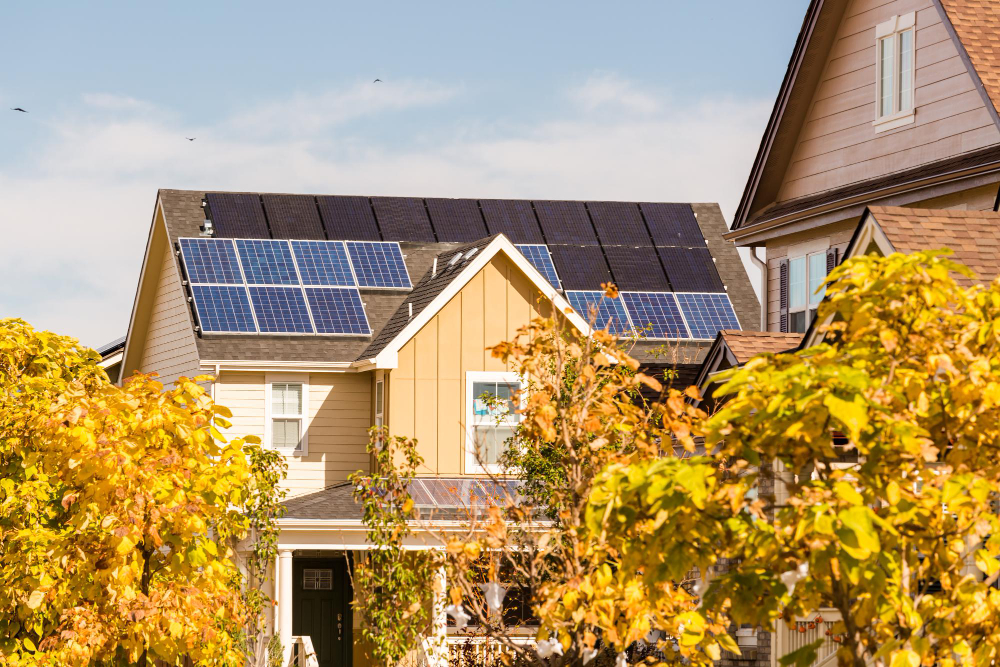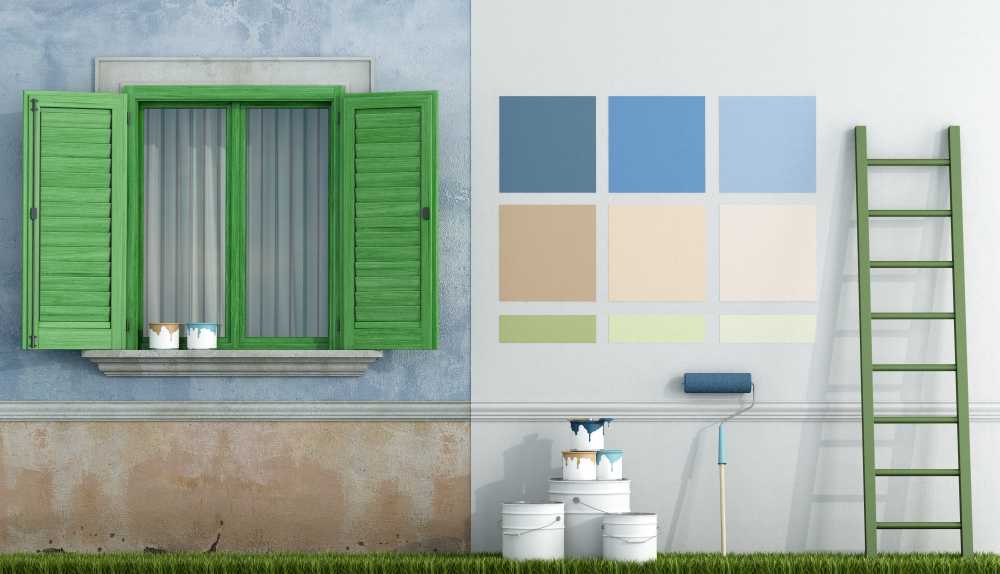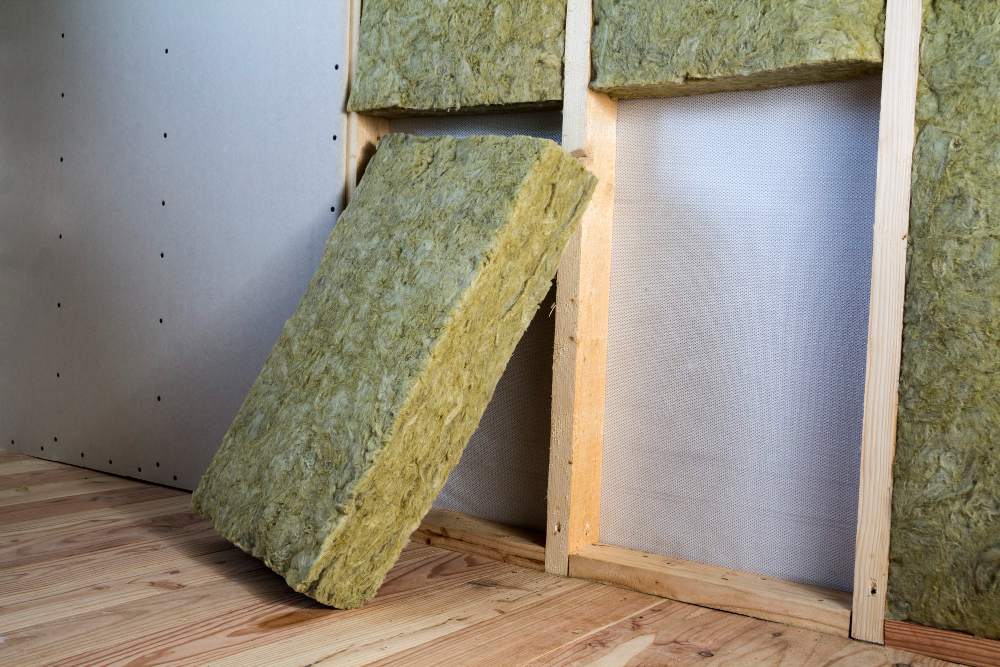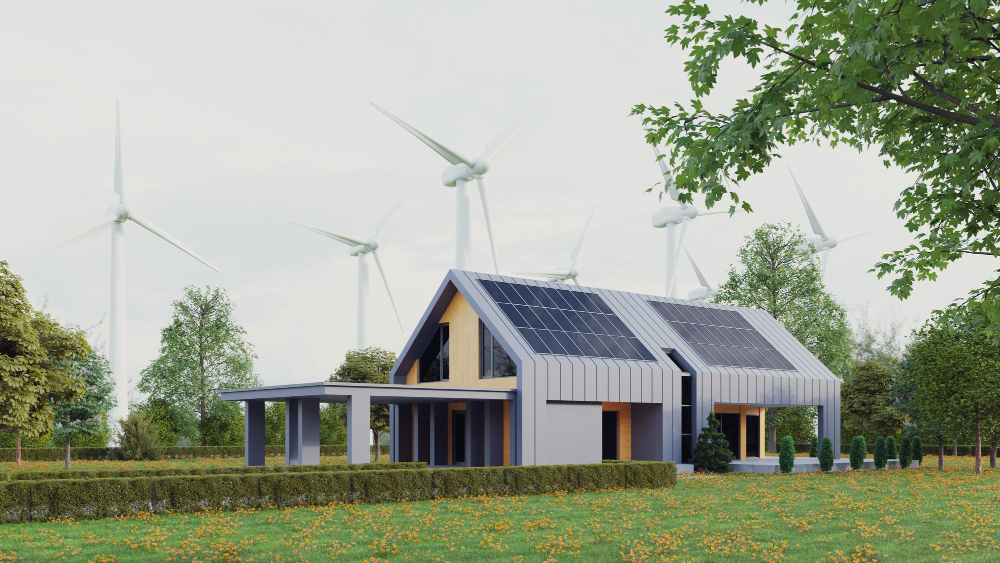Last updated on
Are you looking for ways to make your home improvements more sustainable? It is essential to consider the environmental impact that any changes you may make have and how this can influence energy use, quality of life, and budget.
Fortunately, there’s good news; there are many straightforward steps you can take when making home improvements that incorporate sustainability and help reduce your environmental footprint. Read on to learn about the most common strategies for building a sustainable space into your home improvement plan.
Invest in Renewable Energy Sources Such as Solar Panels and Wind Turbines

One of the most impactful ways to incorporate sustainability into your home improvement plans is by investing in renewable energy sources such as solar panels and wind turbines. These technologies harness the power of the sun and wind to generate clean, renewable energy for your home.
Not only do they greatly reduce your carbon footprint, but they can also save you money on utility bills in the long run. With advances in technology, these options are becoming more affordable and accessible for homeowners everywhere.
Transform Your Home’s Exterior with the Power of Painting

Enhance the appearance of your home’s exterior with the transformative power of painting. Not only can a fresh coat of paint give your home an updated and polished look, but it can also be a sustainable choice for your home improvement plan.
When considering hiring painters for the job, make sure to ask about their eco-friendly paint options and if they follow proper disposal practices for any leftover materials. This will ensure that your home improvement project is not only aesthetically pleasing but also environmentally responsible.
Some questions to ask painters during quotes could include which painting products they suggest and do they have insurance. By choosing a sustainable painting option, you can reduce the release of harmful chemicals into the environment and create a healthier living space for you and your family.
Look for Eco-friendly Building Materials When Renovating or Adding to Your Home

Look for products that are made from sustainable materials such as bamboo, reclaimed wood, or recycled plastic. These options not only reduce the demand for new resources but also have a lower impact on the environment during production and disposal.
You could also consider using aluminum alloy materials, known for their strength, durability, and lightweight properties. It is also highly recyclable, meaning it can be reused indefinitely without losing its quality or properties, making it an excellent choice for sustainability-focused homeowners.
Additionally, choosing energy-efficient materials like double-paned windows and insulation can greatly reduce your energy consumption and save you money on heating and cooling costs in the long run.
Re-use and Repurpose Existing Furniture, Appliances, and Other Items in the House

Instead of buying new items, consider giving old ones a new life with a fresh coat of paint or a creative makeover. For example, an old dresser can be turned into a unique bathroom vanity or a coffee table can become a stylish outdoor bench.
Not only does this reduce waste and the need for new resources, but it also adds character and personalization to your home. You can also consider donating unwanted items to thrift stores or repurposing them into DIY projects.
This not only helps the environment but also supports the local community and reduces your carbon footprint by minimizing transportation emissions from buying new items.
Choose Low-flow Fixtures for Your Toilets, Showers, and Sinks
To further integrate sustainability into your home improvement plans, consider selecting low-flow fixtures for your toilets, showers, and sinks. These fixtures are designed to minimize water usage and waste, making them an environmentally friendly option for any household.
Not only do they save water and reduce utility bills, but they also help conserve energy used in treating and transporting water. When shopping for these fixtures, look for the WaterSense label, which indicates that they meet water efficiency and performance standards set by the Environmental Protection Agency (EPA).
By making this small change in your home improvement plan, you can make a big impact on water conservation and environmental sustainability.
Add Insulation to Your Attic to Reduce Energy Costs
Another sustainable home improvement strategy is to add insulation to your attic. Proper insulation helps regulate the temperature in your home by preventing heat from escaping in the winter and keeping cool air inside during the summer months.
This can significantly reduce your energy costs and carbon footprint by minimizing the need for heating and cooling systems. Additionally, adding insulation also helps reduce noise pollution from outside, creating a more comfortable and peaceful living space.
When choosing insulation, opt for eco-friendly options such as cellulose or recycled denim, which have a lower environmental impact compared to traditional fiberglass insulation.
There are many ways to incorporate sustainability into your home improvement plans, from investing in renewable energy to using eco-friendly building materials and reusing existing items. By making these small changes, you can create a more environmentally friendly and cost-effective living space while also reducing your carbon footprint.
So next time you plan on making improvements to your home, consider integrating sustainability into your design and see the positive impact it can make for both you and the environment.
Related reading:
Table of Contents





